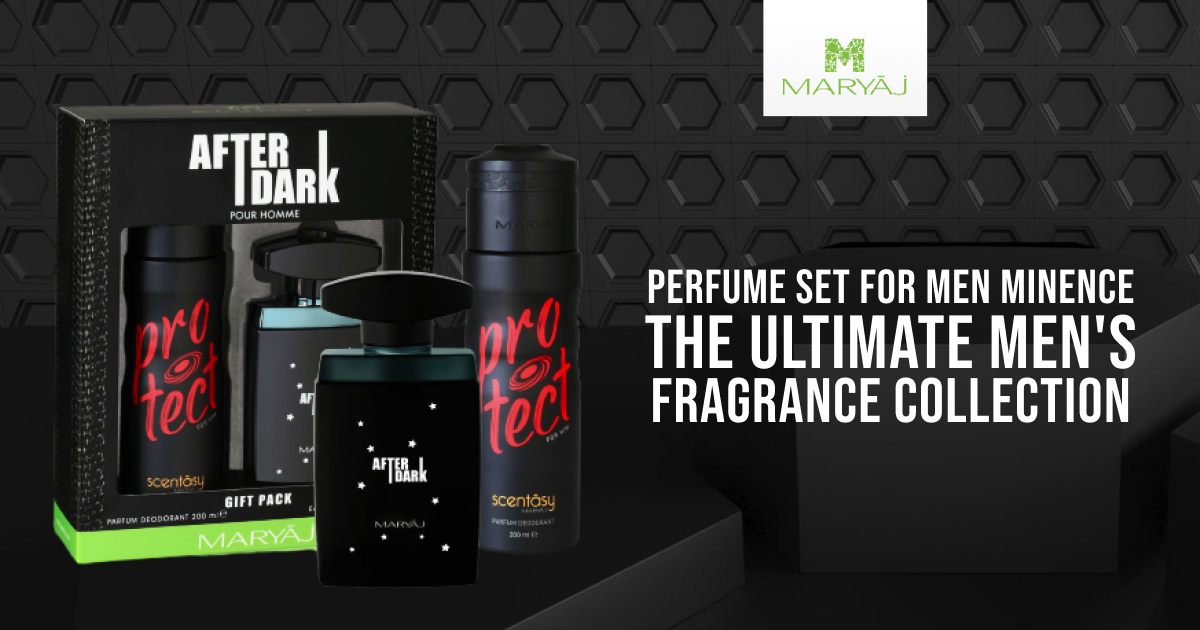Introduction
In the realm of packaging, die cut Mylar bags have emerged as versatile and durable solutions for various industries. These bags offer a combination of strength, flexibility, and barrier properties, making them ideal for packaging a wide range of products. In this article, we’ll delve into what die cut Mylar bags are, their uses, benefits, production process, and factors to consider when choosing them.
Understanding Mylar
Before discussing die cut Mylar bags, let’s first understand what Mylar is. Mylar is a type of polyester film known for its high tensile strength, dimensional stability, and excellent barrier properties. It is commonly used in various applications, including packaging, insulation, electronics, and graphics.
What is a Die Cut Mylar Bag?
A die cut Mylar bag is a customize packaging solution made from Mylar film that is cut to a specific shape or design using a die cutting process. Die cutting involves using a sharp steel cutting die to cut through the Mylar film, resulting in precise and uniform shapes. Die cut Mylar bags can be tailored to fit the dimensions of the products they are intended to package, offering a snug and secure fit.
Uses of Die Cut Mylar Bags
Die cut Mylar bags find applications across various industries, including:
- Food Packaging: They are commonly use for packaging snacks, dried fruits, nuts, and candies due to their barrier properties that help preserve freshness.
- Medical Packaging: Die cut Mylar bags are utilize for packaging medical devices, diagnostic kits, and sterile supplies, providing protection against contamination.
- Electronics Packaging: They are use for packaging electronic components and sensitive equipment, offering protection against moisture and static electricity.
- Cosmetics Packaging: Die cut Mylar bags are popular for packaging cosmetics and personal care products, providing a sleek and professional presentation.
Benefits of Die Cut Mylar Bags
The use of die cut Mylar bags offers several benefits:
- Barrier Protection: Mylar bags provide excellent barrier protection against moisture, oxygen, light, and other environmental factors, helping to preserve the quality and freshness of the packaged products.
- Customization: Die cut Mylar bags can be customize in terms of size, shape, and printing, allowing businesses to create unique packaging solutions that align with their branding and marketing objectives.
- Durability: Mylar bags are durable and resistant to punctures, tears, and abrasions, ensuring that the packaged products remain intact during storage and transportation.
- Versatility: Die cut Mylar bags can be use for packaging a wide range of products across different industries, offering versatility and flexibility in packaging solutions.
Production Process of Die Cut Mylar Bags
The production of die cut Mylar bags typically involves the following steps:
- Material Selection: High-quality Mylar film is select on the base of desired thickness, clarity, and barrier properties.
- Die Cutting: The Mylar film is fed through a die cutting machine along with the cutting die, which cuts through the film to create the desired shape or design.
- Printing (Optional): The Mylar bags may undergo printing to add branding, logos, or product information using various printing methods such as flexographic printing, digital printing, or screen printing.
- Sealing: The Mylar bags are heat-seal or bond to create a secure closure, ensuring that the packaged products are protect from external elements.
Types of Die Cut Mylar Bags
There are several types of die cut Mylar bags available, including:
- Flat Pouches: These are flat, rectangular-shaped bags with a sealed bottom and open top, suitable for packaging items such as snacks, powders, and small electronic components.
- Stand-Up Pouches: These pouches feature a gusseted bottom that allows them to stand upright when filled, providing a convenient and attractive packaging solution for products such as pet food, coffee, and granola.
- Zipper Pouches: These pouches feature a resealable zipper closure, allowing for easy opening and reclosing, making them ideal for products that require multiple uses, such as snacks and spices.
- Custom Shapes: Die cut Mylar bags can be custom-designe to fit the unique dimensions and requirements of specific products, offering a tailored packaging solution.
Factors to Consider When Choosing Die Cut Mylar Bags
When selecting die cut Mylar bags for packaging needs, businesses should consider the following factors:
- Barrier Properties: Evaluate the barrier properties of the Mylar bags to ensure that they provide adequate protection against moisture, oxygen, and other environmental factors.
- Size and Shape: Choose bags that are appropriately size and shape to accommodate the dimensions of the products being packaged.
- Printing Options: Consider the printing options available for adding branding and product information to the bags, such as flexographic printing, digital printing, or screen printing.
- Closure Mechanism: Determine the type of closure mechanism (e.g., heat-sealed, zipper, adhesive) that best suits the packaging requirements.
- Regulatory Compliance: Ensure that the Mylar bags comply with relevant regulations, regarding food safety, product labeling, and environmental considerations, depending on the industry and geographic location.
- Environmental Impact: Assess the environmental impact of the Mylar bags, considering factors such as recyclability, biodegradability, and eco-friendly materials to align with sustainability goals and consumer preferences.
- Compatibility: Ensure that the Mylar bags are compatible with the intended products in terms of size, shape, and material compatibility to prevent leakage, contamination, or product damage.
Environmental Impact
In recent years, environmental consciousness has become increasingly important in packaging decisions. Many businesses are prioritizing eco-friendly packaging solutions to reduce their carbon footprint and meet consumer demand for sustainable products. When considering die cut Mylar bags, it’s essential to evaluate their environmental impact.
Additionally, advancements in packaging technology have led to the development of bio-based films derived from renewable sources such as plant-based materials. These eco-friendly alternatives offer biodegradability and compostability, minimizing environmental harm.
By opting for recyclable or biodegradable Mylar bags, businesses can demonstrate their commitment to sustainability and appeal to environmentally conscious consumers.
Cost Considerations
Cost is a significant factor for businesses when selecting packaging solutions. While die cut Mylar bags offer numerous benefits, including durability and customization options, their cost-effectiveness must be evaluate.
The cost of Mylar bags depends on various factors, including the type of material, size, customization options, and quantity ordered. Generally, larger quantities result in lower unit costs due to economies of scale. However, businesses must balance cost considerations with quality requirements to ensure that the chosen Mylar bags meet their packaging needs effectively.
It’s advisable for businesses to obtain quotes from multiple suppliers and compare prices while considering factors such as material quality, printing capabilities, and additional services offered.
Supplier Reputation
Choosing a reliable supplier is crucial to ensure the quality and consistency of die cut Mylar bags. Businesses should research potential suppliers thoroughly, considering factors such as reputation, experience, and customer reviews.
Reputable suppliers adhere to stringent quality control standards and prioritize customer satisfaction. They offer transparency regarding product specifications, manufacturing processes, and delivery timelines. Additionally, established suppliers often have a robust distribution network, ensuring timely delivery of Mylar bags to meet business requirements.
By partnering with a reputable supplier, businesses can mitigate risks and ensure a positive experience when procuring die cut Mylar bags for their packaging needs.
Storage and Handling Considerations
Proper storage and handling of die cut Mylar bags are essential to maintain product integrity and prevent damage during transportation and storage. Mylar bags should be store in a clean, dry, and well-ventilated environment away from direct sunlight and heat sources.
Businesses should also consider factors such as temperature and humidity control to prevent condensation or moisture buildup inside the bags, which can compromise product quality. Proper labeling and inventory management practices can help track inventory levels and ensure timely replenishment of Mylar bags to avoid stockouts or delays in production.
Additionally, employees responsible for handling Mylar bags should receive training on proper handling procedures to minimize the risk of damage or contamination. By implementing best practices for storage and handling, businesses can maximize the shelf life of their products and maintain the integrity of their packaging.
Conclusion
In conclusion, the decision to use die cut Mylar bags for packaging involves careful consideration of various factors, including environmental impact, cost, supplier reputation, and storage and handling considerations. By weighing these factors and making informed decisions, businesses can leverage the benefits of die cut Mylar bags to enhance product presentation, protect their products, and meet consumer expectations effectively.





Leave a Reply